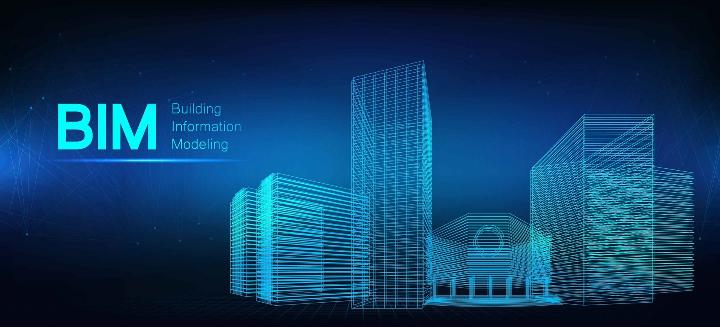Building Information Modeling (BIM) has become a trend in the modern construction industry. In Indonesia, the implementation of BIM has also received serious attention from the government. In this blog, we will discuss the implementation of BIM in Indonesia with reference to PUPR Ministerial Regulation No. 22/2018 concerning the Construction of State Buildings and Circular Letter 11/SE/Db/2021 concerning the Application of BIM in Technical Planning, Construction and Maintenance of Roads and Bridges.
PUPR Ministerial Regulation No. 22/2018:
In 2018, the Ministry of Public Works and Public Housing (PUPR) issued PUPR Regulation No. 22/2018. This regulation stipulates the use of BIM as a mandatory requirement for state buildings that have an area of more than 2000 m2 and more than 2 floors. This shows the government's commitment to implementing BIM technology to improve the quality and efficiency of building construction in Indonesia.
In this context, BIM is used as a collaboration platform that integrates various disciplines, such as architecture, structure, mechanical, electrical, and others. With BIM, professionals involved in projects can work together using digital models that contain detailed information about the design, construction, and maintenance of buildings.
Circular Letter 11/SE/Db/2021:
In 2021, the Directorate General of Highways, Ministry of PUPR, issued Circular Letter 11/SE/Db/2021 concerning the Application of Building Information Modeling in Technical Planning, Construction and Maintenance of Roads and Bridges. This circular letter explains the importance of implementing BIM in road and bridge projects in Indonesia.
In this circular, it is explained that BIM is used to facilitate the process of planning, designing, supervising and maintaining roads and bridges. The use of BIM in this context helps to minimize planning errors, increase construction efficiency, speed up decision making, and improve coordination between parties involved in the project.
The implementation of BIM brings significant benefits to the construction industry in Indonesia. Some of these benefits include:
A. Better collaboration
BIM enables professionals involved in projects to work in an integrated manner and share information in real-time. This improves collaboration, reduces the risk of errors, and improves time and resource efficiency.
B. Better visualization
Using BIM, professionals can create detailed digital models and realistically visualize designs. This helps stakeholders to understand the design concept more clearly, identify potential problems, and make necessary changes before the commencement of physical construction.
C. Better cost control
BIM allows for more accurate cost estimation and more effective planning. By integrating material, work, and price data, BIM helps identify potential cost savings, reduce waste, and optimize resource use.
D. Improved quality and safety
In BIM implementations, digital modeling enables the detection of design faults and collisions before physical construction begins. This helps reduce the risk of structural failure or construction errors, improves build quality, and ensures safety for users.
E. Better maintenance management
BIM is not only useful in planning and construction stages, but also in building maintenance. By using a BIM model that is integrated with maintenance data, building owners can monitor building conditions in real-time, carry out preventive maintenance, and plan long-term maintenance more efficiently.
F. Clash detection in BIM becomes the invisible hero
With computational intelligence, collisions or conflicts between design elements can be detected before they hit the ground. The result is time and money saved, increased security, and projects that run smoothly. With clash detection, designers, engineers and contractors can work together in better coordination, ensuring optimal build accuracy and quality.
BIM implementation in Indonesia has been strengthened by PUPR Ministerial Regulation No. 22/2018 and Circular Letter 11/SE/Db/2021. This step demonstrates the government's commitment to utilizing BIM technology to improve efficiency, quality and safety in the construction of buildings, roads and bridges.
By using BIM, professionals in the construction industry can optimize collaboration, improve design visualization, control costs, improve quality and safety, and improve building maintenance management. BIM implementation will continue to grow and become increasingly important in efforts to increase productivity and innovation in the construction industry in Indonesia.
